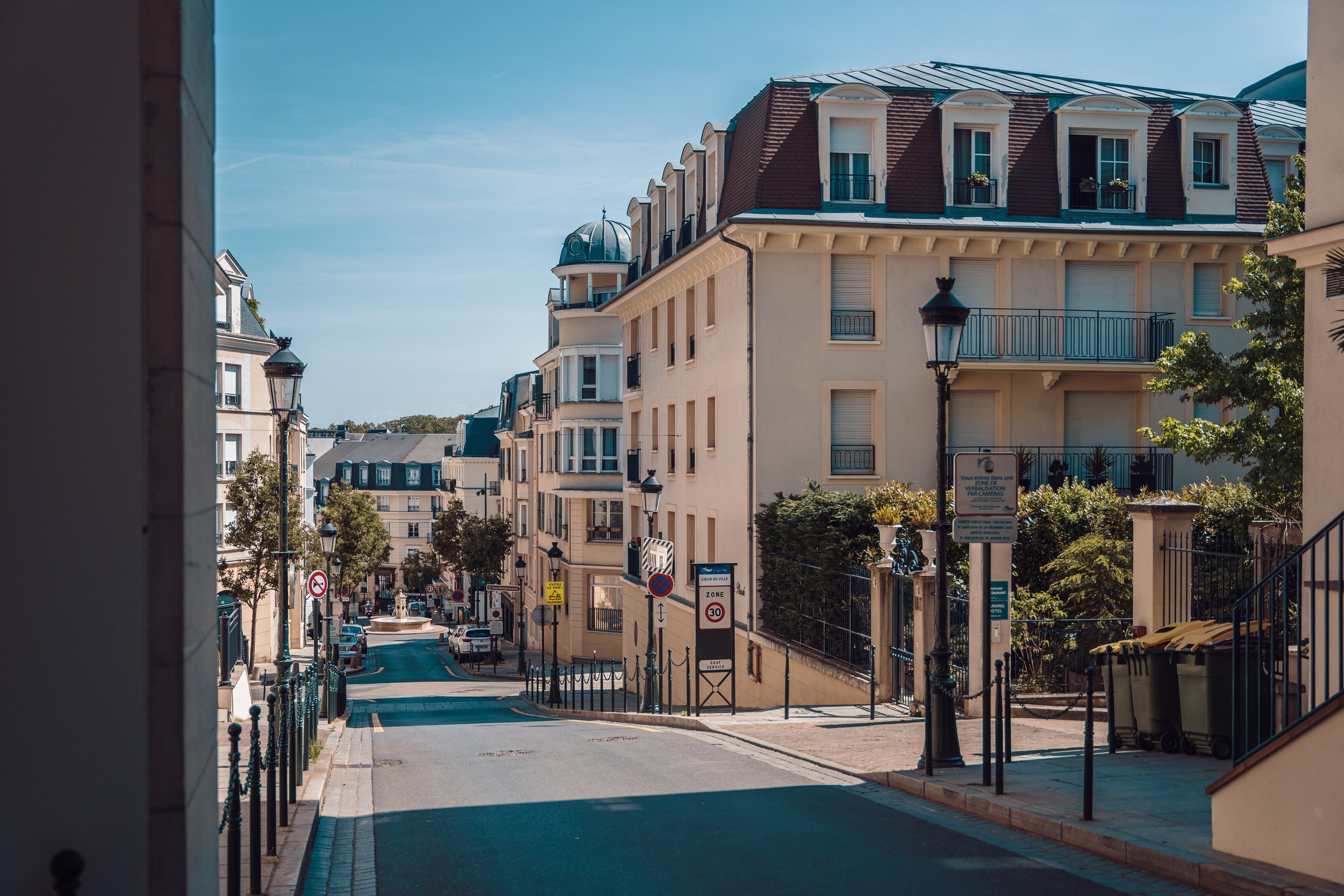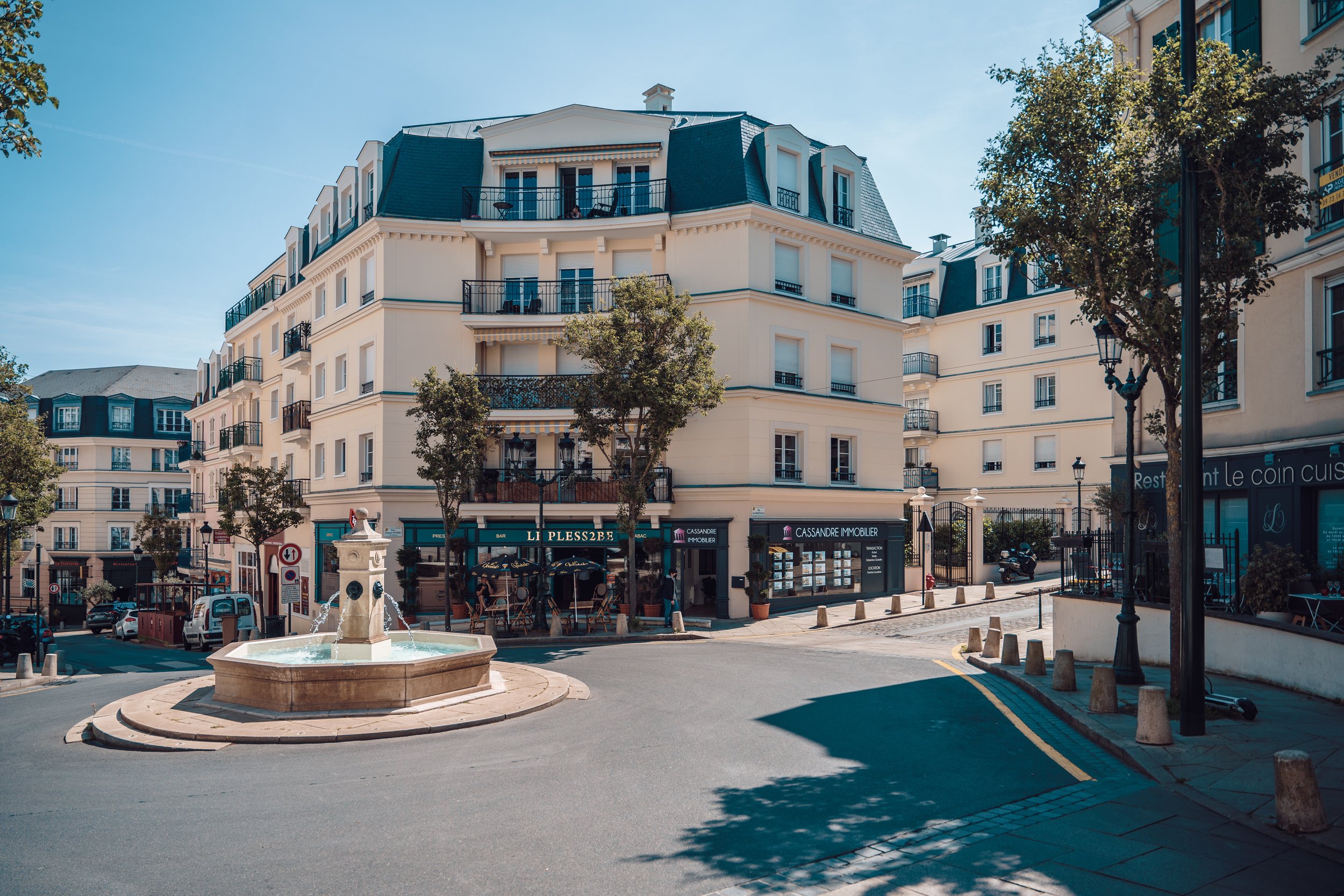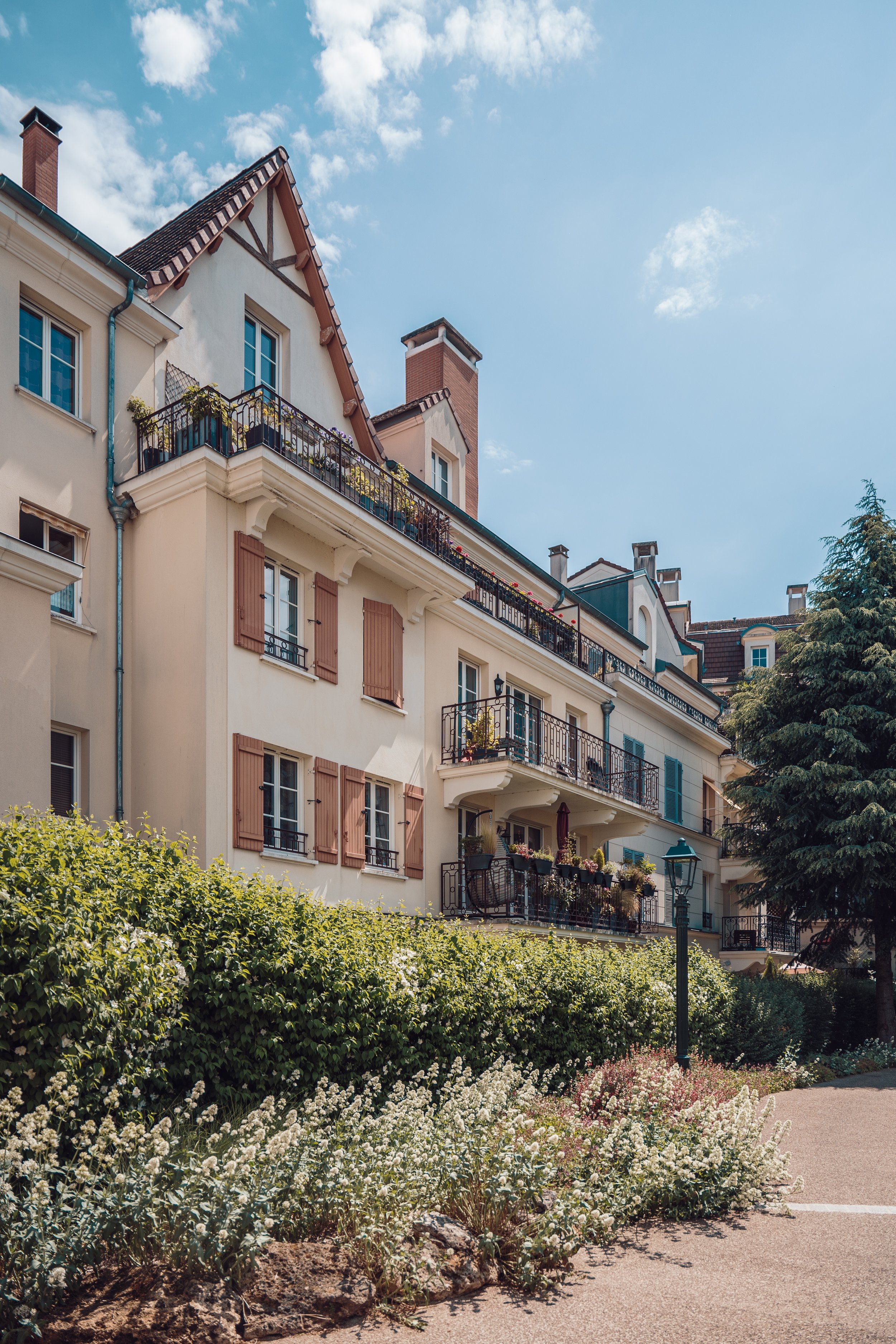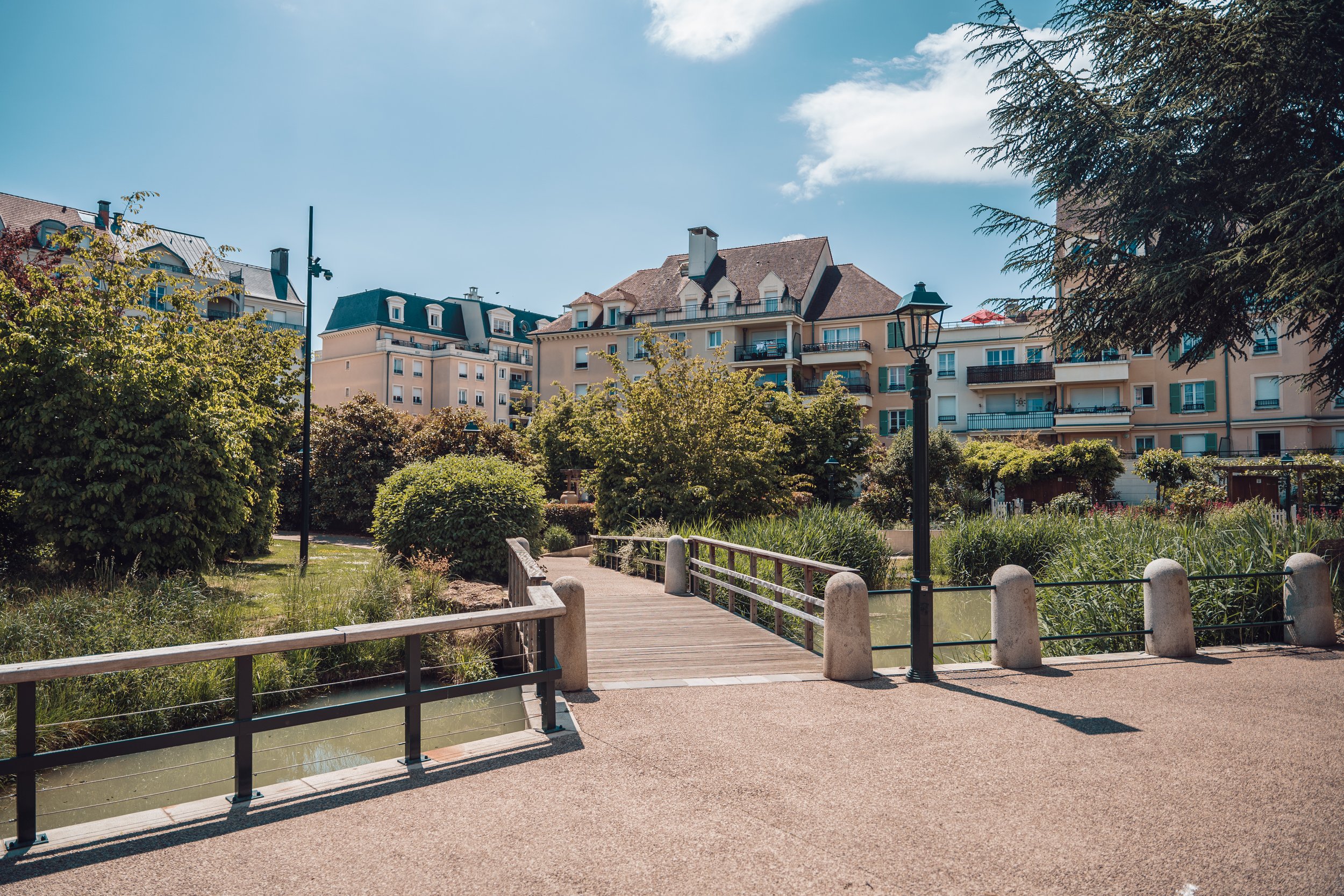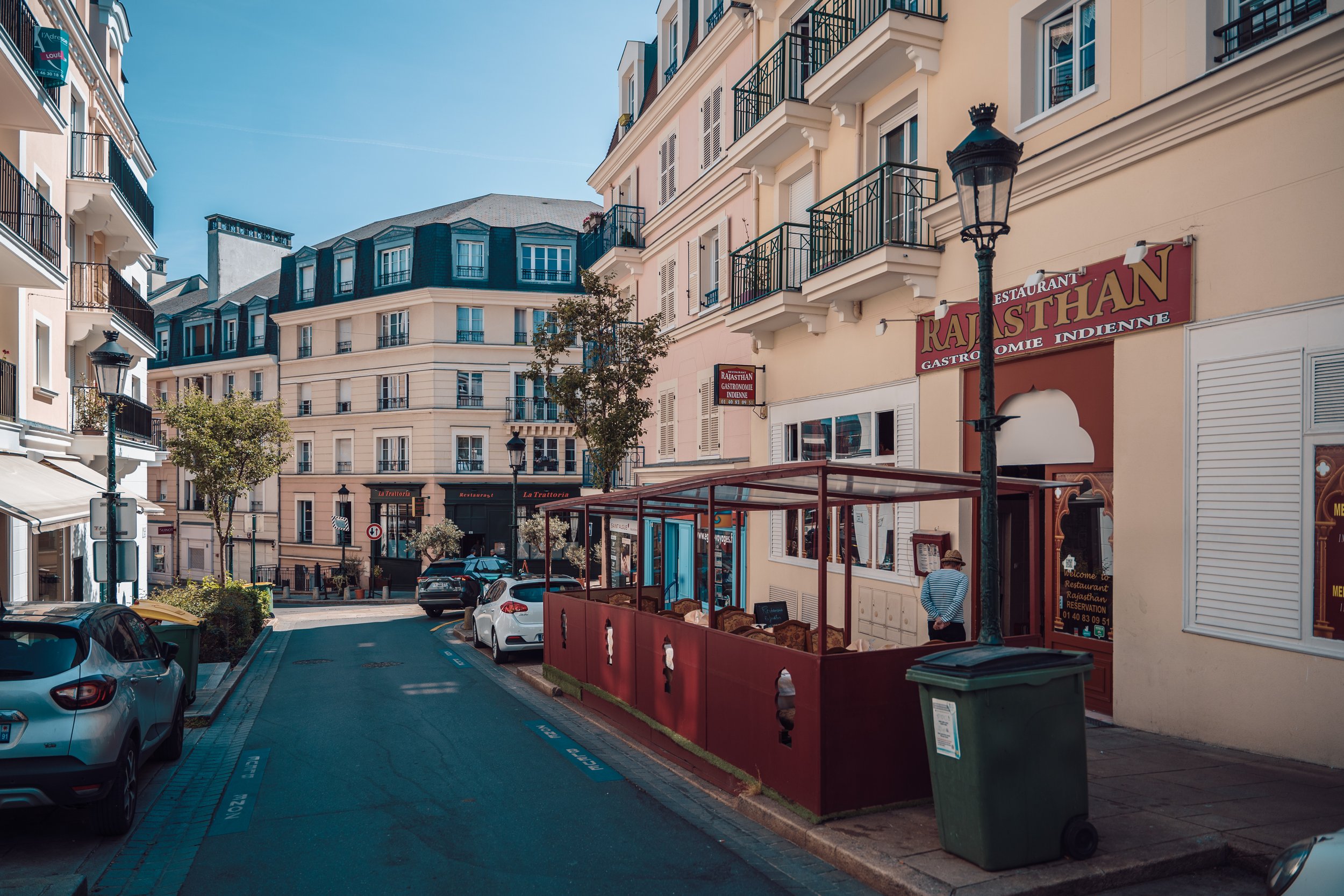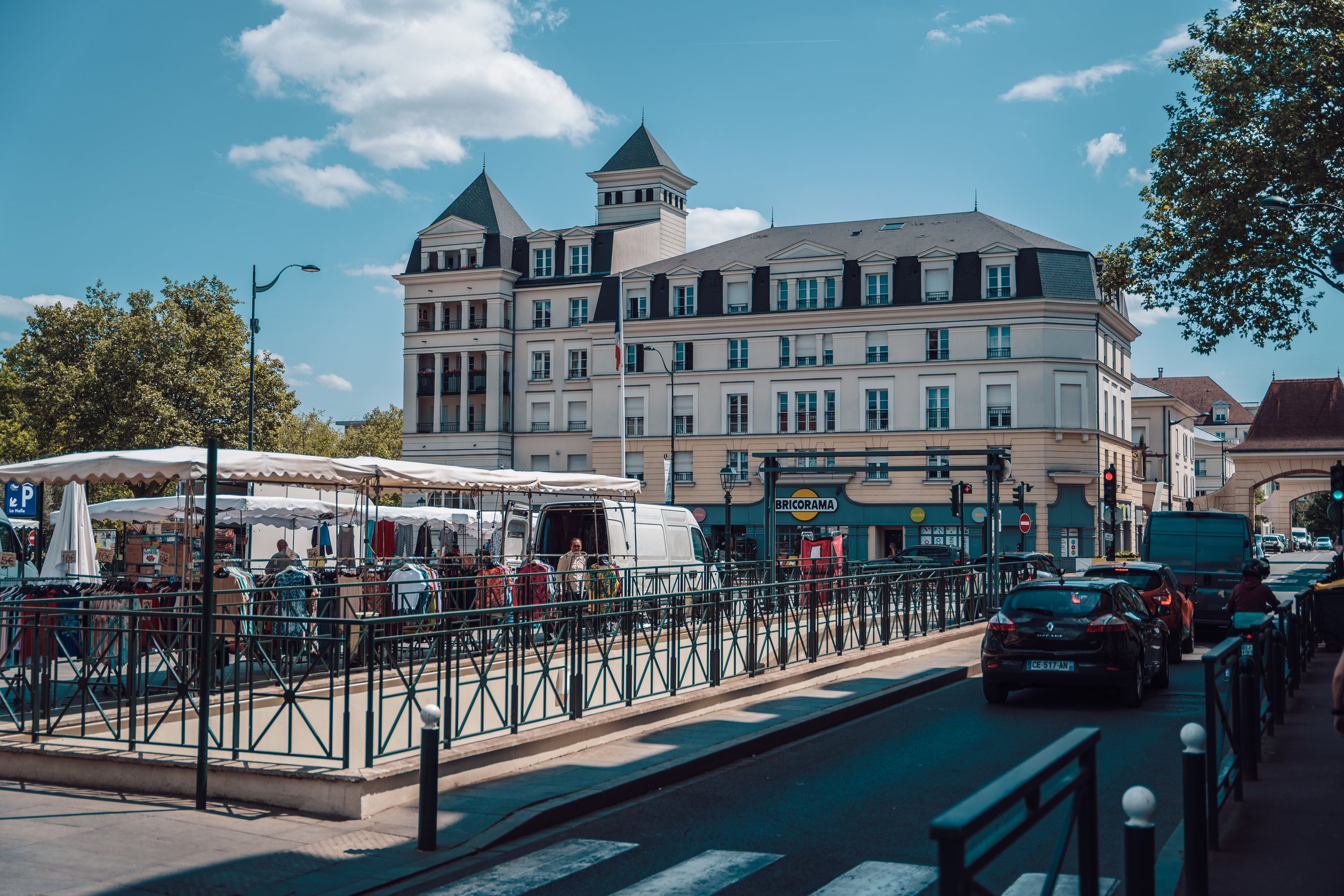Le Plessis-Robinson, located on the outskirts of Paris, is a remarkable case of urban transformation.
Once a bleak, decaying suburb marked by crumbling concrete blocks and social challenges, the town has reinvented itself into a thriving, picturesque community. In the late 1980s, Le Plessis-Robinson was on the verge of becoming another problematic banlieue, but a major shift occurred in 1989 when Philippe Pemezec became mayor. With a bold vision, Pemezec sought to bring beauty and livability back to the town, turning to the principles of “architecture douce” (soft architecture) and new urbanism.
Working with renowned architects like François Spoerry, the town embarked on an ambitious plan to replace its stark, grey structures with vibrant, classical buildings and create a town center full of life. The new design emphasized mixed-use spaces, combining apartments, shops, squares, and green areas, all within a walkable, pedestrian-friendly layout. A significant feature of the regeneration was the introduction of parks, including a lush river ecosystem that enhances biodiversity, making nature a key part of urban life.
What makes Le Plessis-Robinson particularly unique is the blend of beauty and functionality. Social housing, which once dominated the area, was replaced with attractive, high-quality homes, offering tenants the chance to buy their own properties under favorable conditions. This helped create a more balanced, mixed-income community. The town’s success has been recognized with numerous awards for urban renewal and has inspired similar projects in other suburbs around Paris. Today, Le Plessis-Robinson stands as a testament to the power of long-term vision, human-centered design, and the belief that beautiful, livable cities can be consciously created, even in the most unlikely places.
